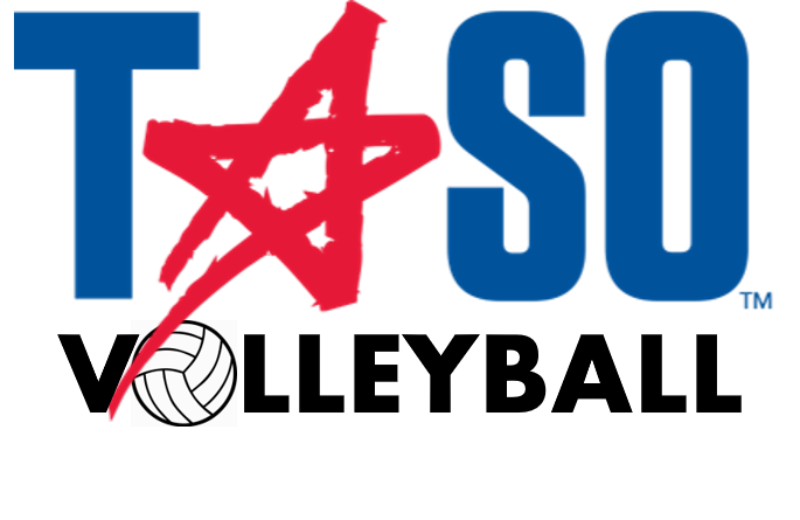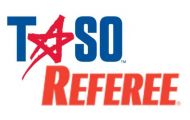
VOLLEYBALL RULE CHANGES 2021
4‑1‑6a, b (NEW): Allows players to wear head coverings for religious reasons that fit securely and are made of non‑abrasive or soft materials while still requiring head coverings worn for medical reasons to be approved by the state association.
Rationale: Eliminates the need for authorization from the state association for the wearing of religious headwear without data to support an increased risk while maintaining the requirement for approval of head coverings worn for medical reasons – allowing the state association to review for the purposes of risk minimization.
5‑3‑1, 5‑3‑1 NOTES: Allows state associations to approve of gray and/or bright blue (cyan) in addition to the white short or long‑sleeved polo‑style shirts while maintaining that officials must dress in like colors. Simplifies the accommodations for varying climate conditions within the competition facility.
Rationale: Provides state associations with additional officials’ uniform options while aligning with trends in the game.
7‑1‑4 PENALTIES, 9‑9‑1b (NEW): Eliminates the loss of rally/point penalty for failure to submit the lineup no later than two minutes prior to the end of the timed prematch warmup and one minute prior to the end of the timed interval between sets. The penalty was changed to an unnecessary delay (administrative yellow card) with the escalation of a second unnecessary delay (administrative red card) if not submitted by the end of the timed prematch warmup or interval.
Rationale: Aligns the penalty with the late roster and lessens the severity of the penalty for a late lineup.
2021‑22 VOLLEYBALL MAJOR EDITORIAL CHANGES
State Association Adoption Chart (NEW): Clarifies and organizes all rules that allow for state association adoption.
2021‑22 Volleyball Editorial Changes
5‑4‑3c(22), 5‑5‑3b(21), Unnecessary Delays Chart
2020‑21 Volleyball Points of Emphasis
- Line Judge Expectations
- Coach and Official Communication
- State Association Adoptions – Location of Team Bench
- Addressing Uniform Concerns









